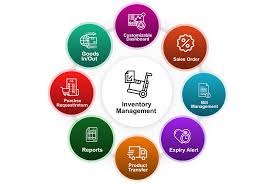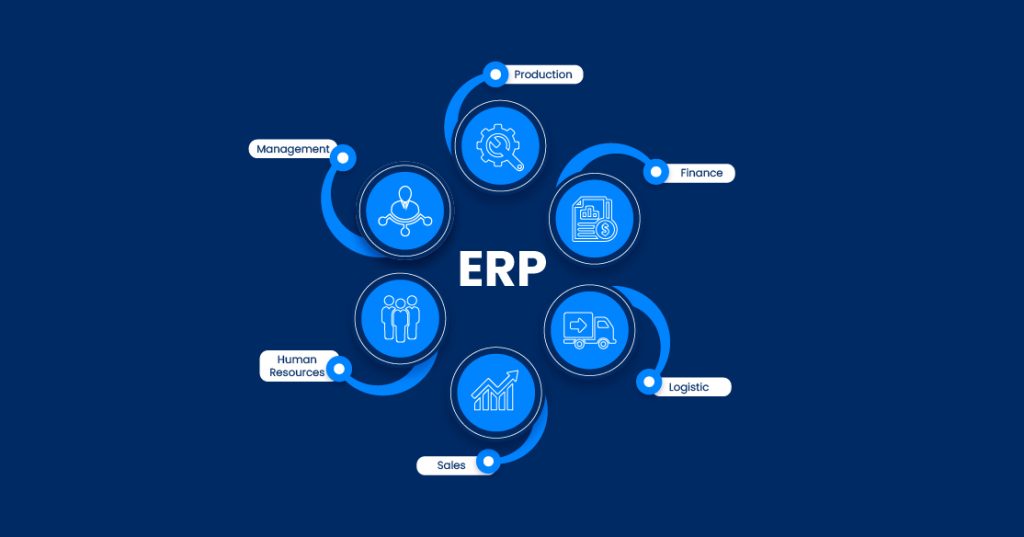**Software for Inventory Management: Streamlining Operations**

In the realm of business operations, efficient inventory management is pivotal for maintaining smooth workflows, optimizing resources, and satisfying customer demands. Traditional methods involving manual tracking or basic spreadsheets often fall short in today’s fast-paced environment. This is where dedicated software for inventory management steps in, offering a range of sophisticated tools and functionalities designed to streamline processes and elevate operational efficiency.
**1. Real-Time Inventory Tracking**
One of the primary advantages of using inventory management software is its ability to provide real-time tracking of inventory levels. Unlike manual methods that rely on periodic checks or estimates, software solutions offer instant visibility into stock quantities across multiple locations. This real-time data helps businesses to accurately monitor stock movements, track inventory turnover rates, and promptly identify discrepancies or potential issues such as stockouts or overstock situations.
**2. Centralized Data Management**
Another significant benefit of inventory management software is centralized data management. Rather than scattered spreadsheets or disparate systems, these solutions consolidate all inventory-related information into a single platform. This centralization improves data accuracy, reduces redundancy, and enhances accessibility. Managers and stakeholders can easily access up-to-date information on inventory levels, stock locations, purchase orders, and sales history, facilitating informed decision-making and operational planning.
**3. Forecasting and Demand Planning**
Effective inventory management goes beyond mere tracking; it involves anticipating future demands and optimizing stock levels accordingly. Inventory management software often includes advanced forecasting tools that analyze historical sales data, market trends, and seasonal fluctuations to predict future demand patterns. This capability allows businesses to adjust inventory levels proactively, minimize excess stock, and ensure adequate supply to meet customer expectations without incurring unnecessary holding costs.
**4. Automation of Routine Tasks**
Automation is a key feature of modern inventory management software, significantly reducing the manual effort required for routine tasks. Tasks such as order processing, stock replenishment, invoicing, and reporting can be automated based on predefined rules and triggers. Automation not only saves time but also minimizes human error, ensuring that inventory data remains accurate and operations run smoothly. Automated alerts and notifications for low stock levels or critical inventory thresholds enable timely actions, thereby improving responsiveness and customer service levels.
**5. Integration Capabilities**
Integration with other business systems is another hallmark of advanced inventory management software. These solutions can seamlessly integrate with accounting software, ERP systems, e-commerce platforms, and point-of-sale (POS) systems, among others. Integration ensures consistency in data across various departments, facilitates real-time updates, and eliminates the need for manual data entry or reconciliation between systems. For example, integrating inventory management with accounting systems allows for accurate financial reporting and cost analysis based on current inventory valuations.
**6. Scalability and Customization**
Scalability is crucial for businesses aiming to expand their operations or accommodate changing market dynamics. Inventory management software is designed to scale alongside business growth, supporting increased inventory volumes, additional warehouse locations, or expanded product lines. Moreover, many software solutions offer customization options to adapt to specific industry requirements, unique business processes, or compliance regulations. Customizable dashboards, workflows, and reporting functionalities empower businesses to tailor the software to their exact needs, enhancing flexibility and operational efficiency.
**7. Enhanced Decision-Making**
Data-driven decision-making is empowered by the comprehensive insights provided by inventory management software. Detailed analytics, performance metrics, and customizable reports enable managers to gain deeper visibility into inventory trends, sales patterns, and supplier performance. Armed with this information, businesses can make informed decisions regarding inventory replenishment, pricing strategies, stock allocation, and supply chain optimization. Such strategic decisions contribute to improved inventory control, reduced carrying costs, enhanced profitability, and overall business success.
**Conclusion**
In conclusion, investing in software for inventory management is not just a matter of convenience but a strategic imperative for businesses looking to stay competitive in a dynamic market environment. From real-time inventory tracking and centralized data management to advanced forecasting capabilities and seamless integration with other systems, the benefits of using dedicated inventory management software are manifold. By leveraging these technological tools, businesses can streamline operations, optimize resource allocation, improve customer service levels, and ultimately drive growth and profitability in today’s interconnected global economy.











